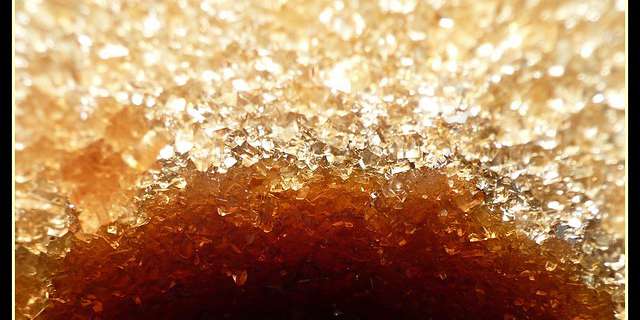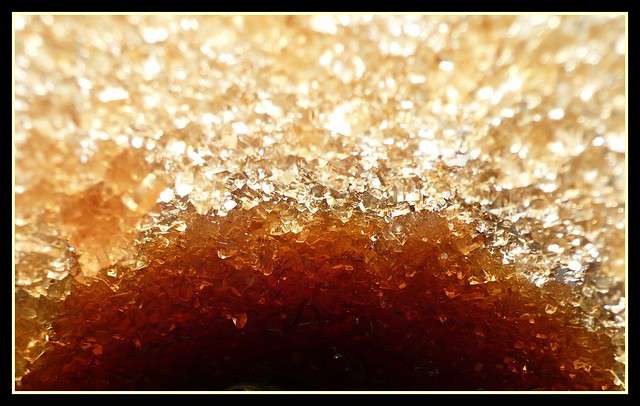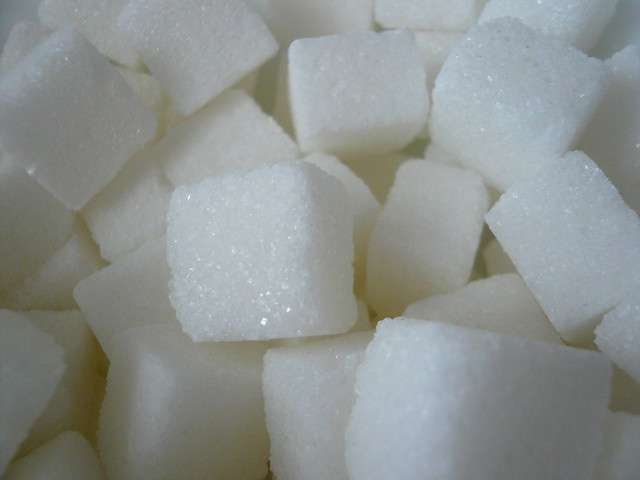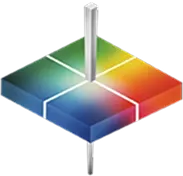
Sugar is found in many staple food products and is present in numerous processed foods. The many derivatives of sugar come mainly from two major raw sources: beet sugar and sugar cane. Spectral analysis plays an important role in raw sugar production and can help to increase productivity when used as a method of quality analysis in the cane sugar industry. Analysis of theoretical recoverable sugar (TRS) accounts for many of the measurements used to set prices and measure quality in the sugar cane industry. Spectral analysis using ultraviolet (UV) and near-infrared (NIR) technology offers a reliable and efficient method of sample analysis to assist in product development, set quality parameters, and evaluate other elements in cane sugar production.

Spectral analysis plays an important role in raw sugar production and is the first step in the process of creating many derivatives of this product. Image Source: Flickr user Cristóbal Alvarado Minic


